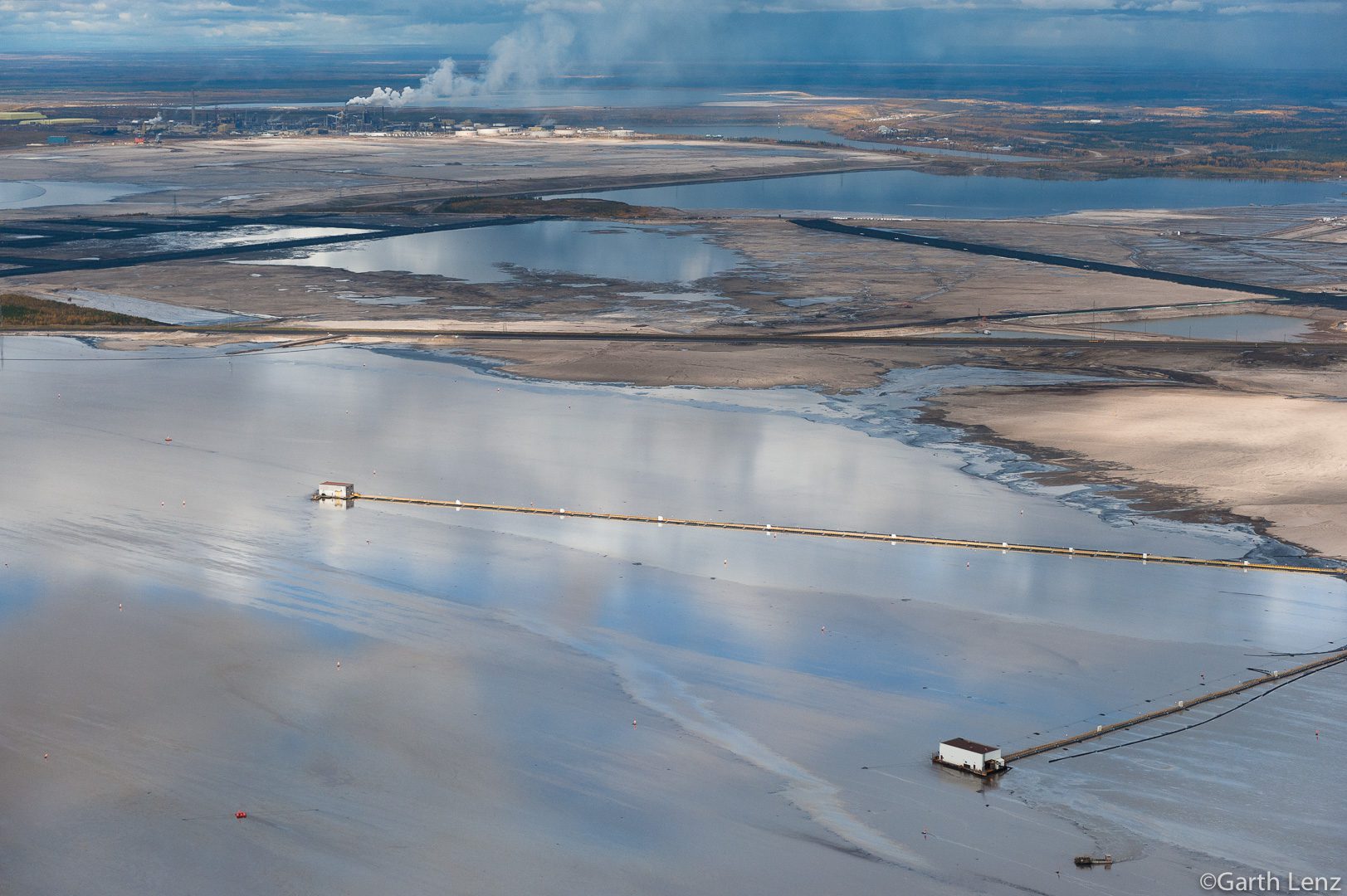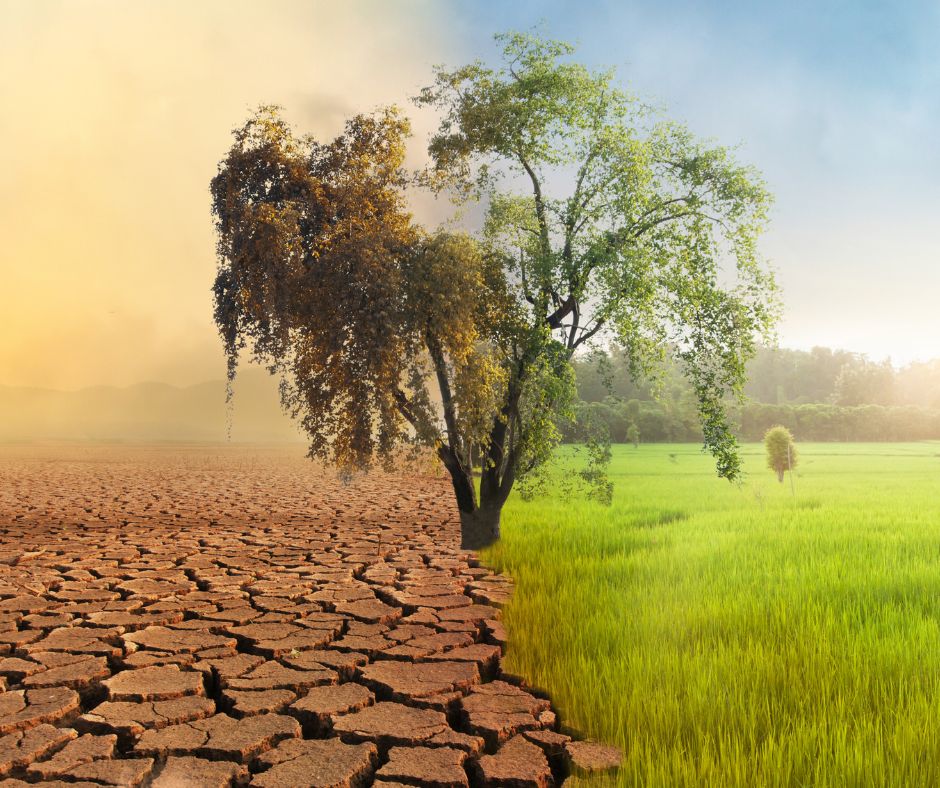Canada cultivates a misleadingly good reputation abroad. I would know; I moved here because of it. However, this advantageous position is increasingly under threat as Canada keeps putting industry interest over environmental stewardship.
September 4th marked the second anniversary of when the international Commission for Environmental Cooperation’s (CEC) Factual Record documented overwhelming evidence that Canada’s oil sands tailings “ponds” are leaking toxic pollutants into groundwater and tributaries of the Athabasca River.
The CEC concluded that these leaking tailings violate the Fisheries Act since the Act forbids the industry from putting toxic substances in places where they enter or may enter fish-bearing water. The record further found no reason for the Federal government not to take legal action against the operators of the tailings.
In short, a law is in place to protect the environment from leaks, but it is not enforced. Since the factual record, the Federal government has taken no action to address this situation, apart from saying that “the tailings issue is a problem that we are going to have to address” and the findings of the Factual Record “cannot be ignored.”
Their continued inaction has allowed potentially billions of additional litres of toxic waste to leak from the tailings “ponds,” which now hold a staggering 1.4 trillion litres of fluids and cover an area of more than 300 km² – enough to cover Paris three times over.
This anniversary took place two weeks after UNESCO officials made a trip to Alberta to determine whether to place Wood Buffalo National Park, a UNESCO-recognized World Heritage Site, on the infamous “World Heritage In Danger” list. The main reason for this shameful reclassification? The Canadian and Alberta government’s unwillingness to enforce strong environmental standards in the oil sands.
The “World Heritage in Danger” list is usually populated by World Heritage sites threatened by war or neglect from unstable governments, such as Syria’s Ancient City of Damascus and Afghanistan’s Bamiyan Valley. Wood Buffalo Park nearing endangered status is a dire sign that Canada’s failure to protect its environment might cost us both our world-class biodiversity and our international reputation.
Since 2017, UNESCO has made three requests to Canada to “conduct a systematic risk assessment of the tailings ponds of the Alberta Oil Sands region,” which Canada has still not met. This failure signals to our international business and diplomatic partners that we cannot keep our house in order, even when our natural heritage is at stake.
New plans to allow oil sands operators to release the content of the tailings into the environment are now on the table, with the oil industry making the unverified claim that they can treat the acutely toxic fluids to safe levels.
With this series of bad press, does Canada stand a chance to tip the scale in its favour ahead of international environmental meetings such as the UN-led talks on climate and biodiversity later this year? Sure, but it must stay away from environmentally unsound ideas such as allowing the release of trillions of litres of toxic waste into the drinking water of Indigenous communities and instead focus on bringing all parties at the table to decide on a safe, responsible and timely strategy to clean up the oil sands region.








